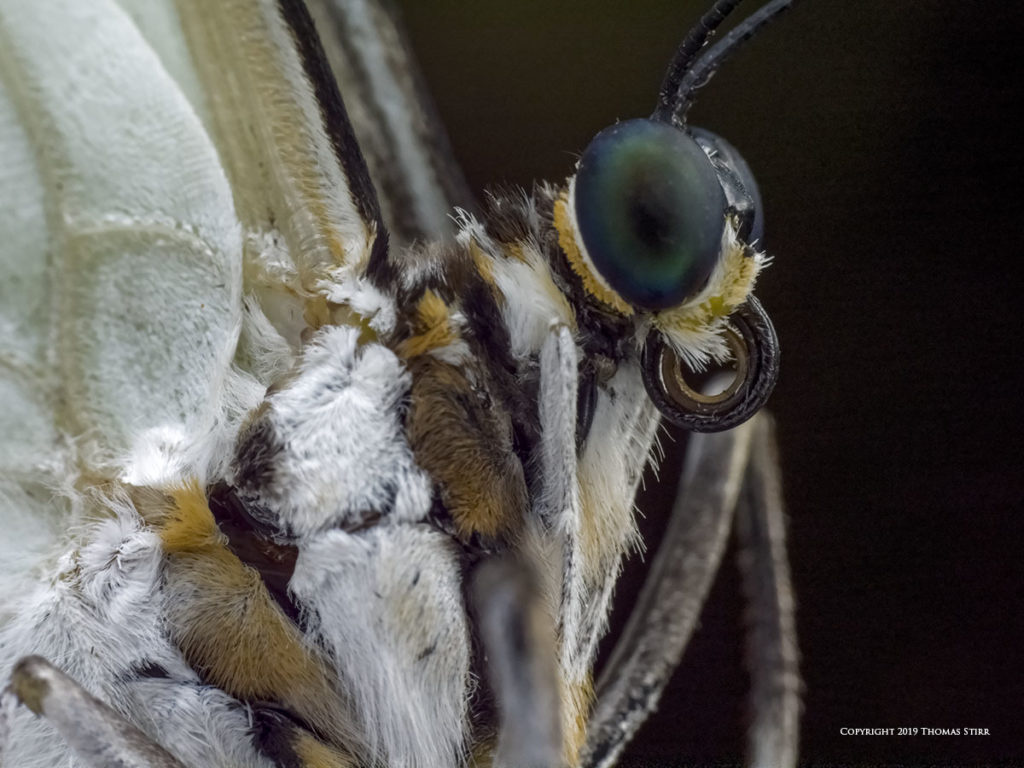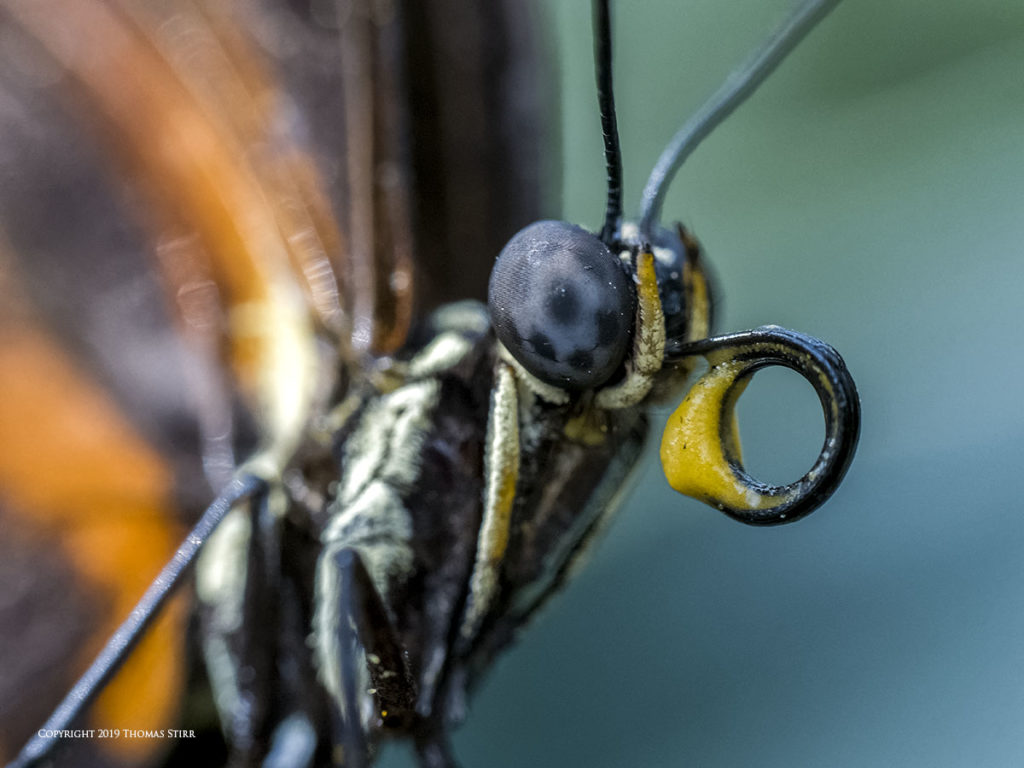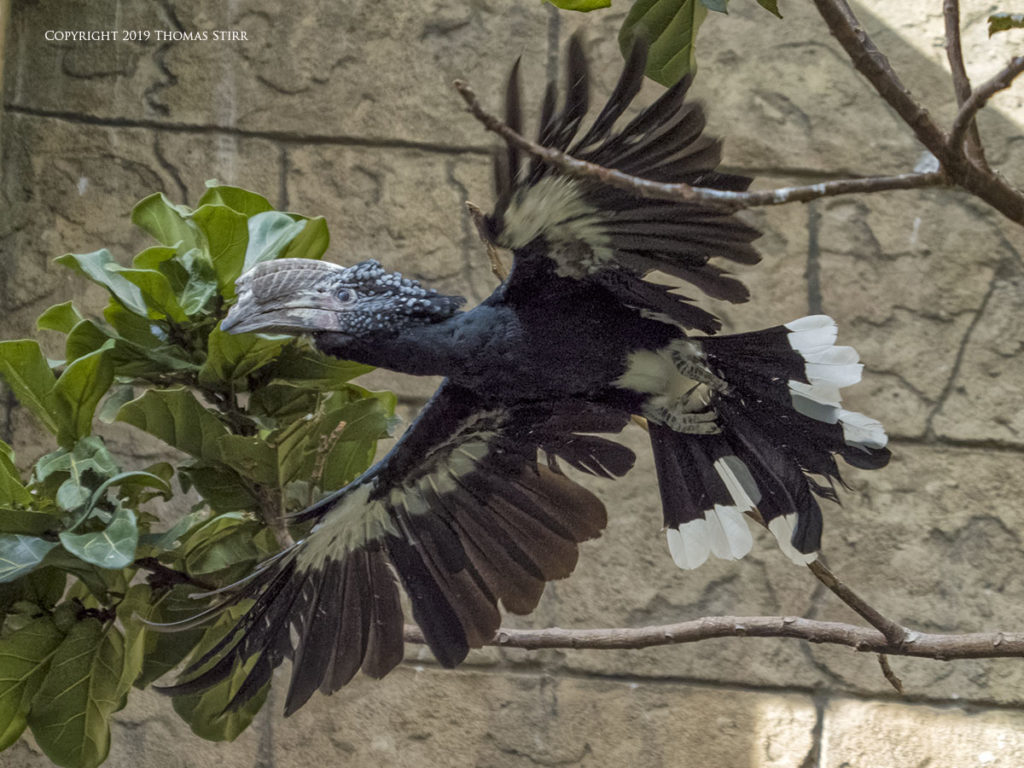This article answers the question, “What’s in our Olympus Bag?” For the past few months, I’ve been getting a number of emails from folks wondering about our Olympus kit. They’ve been asking what we purchased and why. So… this article provides some answers.
NOTE: Click on images to enlarge. We have added some images to serve as visual breaks.

OM-D E-M1X Body
Our selection of this body was the result of a couple of months of hands-on testing with loaner equipment provided by Olympus Americas. We had narrowed our search down to two M4/3 bodies from Olympus. Specifically the OM-D E-M1 Mark II and the E-M1X.

The hands-on testing quickly confirmed the E-M1X as our preferred camera body. Readers looking for more detailed explanations can look at the review article I wrote for my blog, and a piece that I wrote for PhotoRumors.com.

Some readers have asked if we considered any M4/3 Panasonic camera bodies or lenses. No, we did not. A number of years ago we had a brief experience with Panasonic mirrorless gear. At the time we had a GH-4 and a couple of Panasonic Pro f/2.8 zoom lenses. As expected, video performance was very good.

However, our experience with still photography performance was far from acceptable. Within 10 days of use, all of the Panasonic gear was returned for a small restocking fee. As a result, we have no interest in Panasonic equipment.

Lenses
Our choice of lenses was driven primarily by our needs as they pertain to our industrial client safety video work. The trio of M.Zuiko f/2.8 PRO zooms is ideal for our needs. We purchased the M.Zuiko PRO 7-14 mm f/2.8 zoom, the M.Zuiko PRO 12-40 mm f/2.8 zoom, and the M.Zuiko PRO 40-150 mm f/2.8 zoom. Thus far all have been excellent in terms of auto-focus speed and accuracy, colour rendition, handling and sharpness. Here are some additional thoughts on these three zoom lenses.

M.Zuiko PRO 7-14 mm f/2.8 Zoom
We anticipate that this will be our most used lens for our industrial videos as we most often shot at a 27 mm equivalent field-of-view with our Nikon 1 kit. Optical performance is excellent. Since we shoot the vast majority of our video clips indoors the fact that this lens does not accept any typical filters is a non-issue for us. In terms of landscape photography work where streams and waterfalls are involved, the Live ND filter capability of the OM-D E-M1X helps deal with the filter issue with this lens.

The fact that all of the M.Zuiko PRO series of lenses are weatherproof is also important to us. Part of our business plan calls for more outdoor and travel related work. Much of that will involve wide angle compositions where the M.Zuiko PRO 7-14 mm f/2.8 will be our workhorse lens.

M.Zuiko PRO 12-40 mm f/2.8 Zoom
This is a superb, everyday lens that provides a very useful equivalent field-of-view of 24 mm to 80 mm. It will likely be the second most frequently used lens for our client video projects. Comparatively small and light this PRO f/2.8 zoom is really great value for the money.

A few readers have asked if we considered the M.Zuiko PRO 12-100 mm f/4 zoom. This was one of the lenses in our initial loaner gear assortment that we borrowed from Olympus Americas. We gave this lens a lot of consideration as it is quite a versatile and flexible zoom lens.

Ultimately we decided that we did not want to lose one stop of light, and chose the M.Zuiko PRO 12-40 mm f/2.8 instead. The M.Zuiko 12-100 mm f/4 also did not make sense for us as it duplicated a large part of the focal range of the M.Zuiko PRO 40-150 mm f/2.8. The built-in IS of the M.Zuiko PRO 12-100 mm f/4 wasn’t that important to us as it really only gave us an additional ½ stop of IBIS performance with the E-M1X. For our business that wasn’t as important as having one extra stop of light when using f/2.8 constant aperture zooms.

M.Zuiko 40-150 mm f/2.8 Zoom and MC-20 teleconverter
This is an absolutely fantastic lens which I love using for a variety of subject matter. When equipped with the M.Zuiko MC-20 teleconverter, the M.Zuiko PRO 40-150 mm f/2.8 performs at very high standards. It delivers an equivalent field-of-view of 160 mm to 600 mm when mounted with the MC-20. Sharpness is excellent throughout the zoom range.

Being able to shoot at f/2.8 all the way up to an equivalent field-of-view of 300 mm, makes the M.Zuiko PRO 40-150 mm an incredibly flexible lens to use in lower light conditions.

The dual capability of lower light, or longer reach with the MC-20 teleconverter, makes investing in the M.Zuiko PRO 40-150 mm f/2.8 and MC-20 teleconverter a very practical decision.

M.Zuiko 60 mm f/2.8 Macro and Olympus STF-8 Macro Twin Flash
This lens is another gem from Olympus. Although it looks rather bizarre when mounted on a body like the OM-D E-M1X this lens actually performs wonderfully and handles very well.

I have been extremely happy with the performance of this lens to the point that I recently purchased the Olympus STF-8 Macro Twin Flash unit. I also bought a set of Kenko extension tubes to use with this lens.

As regular readers will know, I always prefer to shoot handheld when possible. The M.Zuiko 60 mm f/2.8 Macro lens allows me to do that… including having success using this lens for handheld Hi Res macro images. We plan on doing a lot more macro work in the future!

M.Zuiko PRO 45 mm f/1.2 Prime
This lens was only added to our Olympus kit in October. I’ve never been a big fan of using prime lenses for still photography, but I did use my 1 Nikkor primes extensively for my client video work. Having a mid-length fast prime does come in handy when filming in close around industrial machinery.

This M.Zuiko PRO 45 mm f/1.2 prime will take the place of our 1 Nikkor 32 mm f/1.2 in our video productions. Since my Olympus E-M1X has up to 7 stops of IBIS, we anticipate that the M.Zuiko 45 mm f/1.2 will also be used for more still photography than was the case with any of our 1 Nikkor primes. We plan on doing a lot of creative experimentation with the M.Zuiko PRO 45 mm f/1.2 in terms of shallow depth-of-field compositions.

Less than 4 KG with lots of flexibility
So, that’s what in our Olympus bag. The OM-D E-M1X, a camera body that I love more and more every day that I use it. Five superb M.Zuiko lenses. The MC-20 teleconverter. A set of Kenko extension tubes. And… the Olympus STF-8 Macro Twin Flash.

Our Olympus kit allows us to shoot at an equivalent field-of-view of 14 mm to 600 mm… all with pro grade glass. The E-M1X, five M.Zuiko lenses, extension tubes and two extra batteries all fit into a single, mid-sized shoulder bag. So, we can still travel comparatively small and light. All of our Olympus gear weighs less than 4 KG

The Future of our Nikon 1 Kit
As noted in earlier articles we will be continuing to use Nikon 1 gear in the future. We initially thought that we would sell some of our Nikon 1 gear. After some additional consideration we decided to keep all of our Nikon 1 equipment… it is just so unique that we cannot bring ourselves to sell any of it.

Technical Note:
Photographs were captured hand-held using camera gear as noted in the EXIF data. All images were produced from RAW files using my standard process.

How you can help keep this site advertising free
My intent is to keep this photography blog advertising free. If you enjoyed this article and/or my website and would like to support my work, you can purchase an eBook, or make a modest $10 donation through PayPal. Both are most appreciated. You can use the Donate button below. Larger donations can be made to tom@tomstirr.com through PayPal.
Word of mouth is the best form of endorsement. If you like our website please let your friends and associates know about our work. Linking to this site or to specific articles is allowed with proper acknowledgement. Reproducing articles, or any of the images contained in them, on another website or in any social media posting is a Copyright infringement.
Article and images are Copyright 2019 Thomas Stirr. All rights reserved. No use, duplication or adaptation of any kind is allowed without written consent. If you see this article reproduced anywhere else it is an unauthorized and illegal use. Posting comments on offending websites and calling out individuals who steal intellectual property is always appreciated!


Hi Thomas,
Wonderful post! Thanks a lot for sharing this!
Have you experienced any problems with the hood on the Oly 40-150 PRO f 2.8?
An alarmingly high number of people seem to be reporting it.
Thanks,
Randy
Hi Randy,
I have’t had any issues with mine at all… been shooting with this lens regularly for 6 months. I tend to be very careful with my gear which probably helps avoid damage.
Tom
Hi Tom, thanks for the great article and comments on the 40-150+MC-20. I recently acquired the MC-20 and have been using it with that lens. I have a question. Have you noticed whether there seems to be a greater loss of light transmission through that than just the two-stop difference in max aperture? It seems to me that I’m losing more light than that. What do you think?
Thanks, Walter
Hi Walter,
I can’t say that I have noticed anything… but I haven’t been specifically looking for that issue either. I suppose you could do some comparative exposures with and without the MC-20 to see how much light you are actually losing under controlled conditions. Over the next little while you will see another article that I’ve created on the M.Zuiko PRO 40-150 mm f/2.8 with the MC-20 for bird photography.
Tom
Any plans to buy more camera bodies? Just asking as you have multiple N1 bodies.
Hi William,
No… not at this point. Right now our immediate priority is to get our corporate depreciation schedule balanced out a bit better. Once that is done we can assess our potential needs for the future.
At this point it would be difficult for us to justify investing in another E-M1X body. Having used this body for the past number of months I have become seriously spoiled by it. If we purchased an E-M1 Mark II or an E-M5 Mark III as a second body, I’m not sure how much I would actually use it.
Tom
Hi Tom,
Was eagerly awaiting your post on what’s in your camera bag nowadays and here it is. I’m really impressed with the Oly E-M1X, not just its feature set (the Live ND as well as the AF are much coveted though) but also the color rendition. I think I’ve mentioned this in a post comment before but I agree with you on Panasonic/Lumix. I particularly point to the Lumix underwhelming performance in the high ISO settings. Traveling light(er) is also a blessing with the new set-up, with pro-grade glasses to boot. Life goes on after Nikon 1 (it was a great ride after all). In my photographic journey, it was disruptive though also a nice, learning experience, to shift after quite a long time with Nikon. It’s great to learn new things, apply whatever I learned using a new brand of tool — in the end, it’s the user (and his/her skill) that matters more. In your case, looking at your passel of work, it’s like there was no disruption at all save for subtle nuances here and there.
Oggie
http://www.lagalog.com
Hi Oggie,
Thanks for your comment… it jogged me into recognizing that I did not put any photos of the Olympus gear into the article. I’ve added a few photos so readers can see the relative size of the gear.
Our Nikon 1 ride continues… we will still be using our Nikon 1 kit on a fairly regular basis. My wife doesn’t have any Olympus gear and certainly likes the Nikon 1 V3 she typically uses. I still very much enjoy the small size and capability of my Nikon 1 ‘pocket rocket’ cameras!
Tom
Tom,
You frequently use the 2.0 TC with the 40-150mm f/2.8 lens. It is impossible for me to tell from your posted images whether the TC causes significant degradation. Please comment.
Jack
Hi Jack,
The M.Zuiko PRO 40-150 mm f/2.8 with the MC-20 teleconverter is worry free in my mind when it comes to image degradation. For comparison purposes I find the M.Zuiko combination is sharper than my 1 Nikkor 70-300 f/4.5-5.6 all the way through the zoom range. I have a photo associate who uses the MC-20 with his M.Zuiko 300 mm f/4 and tell me he is amazed with the clarity he gets with the combination. The MC-20 is outstanding. The M.Zuiko PRO 40-150 mm f/2.8 is the sharpest zoom lens that I have ever owned… combined with the MC-20 it is terrific.
I have an upcoming article that just focuses on bird images captured with the M.Zuiko PRO 40-150 mm f/2.8 and MC-20. You may find that upcoming posting of special interest.
Tom